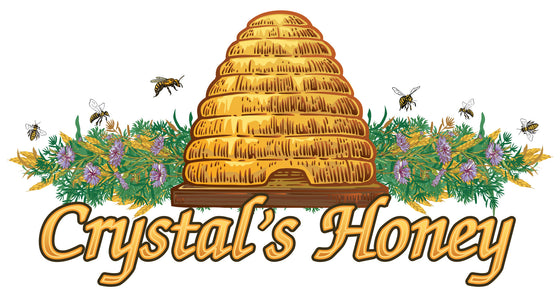Beehives are hyper-efficient, miniature factories. Every honey bee has a position and a task, and each position helps to grow and protect the hive. Studying the different roles bees have in a hive has fascinated humans for thousands of years.
Queen
The queen bee, the only female that can lay fertilized eggs, is very much at the heart of the hive. She mates shortly after birth, stores enough sperm for her three-to-five-year lifecycle, and can then lay more than 2,000 eggs a day. At the beginning of the season, she repopulates the hive. She also constantly emits pheromones that only other bees in the hive can detect. The pheromones keep the other females sterile and communicate to the hive that she is alive and well.
Drones
Drones, the male bees of the hive, are born only to fertilize a new queen. They serve no other purpose. They cannot sting or collect pollen. Aside from mating, they contribute so little to their hives that the colony will sometimes eject them when resources become scarce.
Workers
All females aside from the queen are worker bees. They make up the majority population and take on many of the different roles bees have in a hive, including:
- Cleaners – A bee as young as a day old may be responsible for washing and polishing empty cells. They make sure the cells are ready for eggs and for storing nectar and pollen. Queen bees will inspect the cleaned cells, and if they are not up to her satisfaction, the cleaners will have to do their jobs all over again.
- Nurses – As their name suggests, nurse bees look over the larvae. They can check one larva more than a thousand times in one day. They also feed the larvae—potential queens get a milky substance called “royal jelly,” while the larvae that will become workers receive a mixture of honey and pollen. If a parasite infects the hive, nurses will eat honey with high antibiotic content and disseminate it across the hive.
- Builders – Workers older than 12 days can produce raw beeswax, the substance that creates the comb. They eat large portions of nectar and honey to make the wax flakes, which are the building blocks for the hive’s combs.
- Foragers – Bees older than 14 days are ready to fly from the nest to look for water, nectar, pollen, and propolis. Foragers can make approximately ten trips per day, and each trip lasts roughly an hour. Most older bees, about six to eight weeks old, will die while searching outside their hive.
